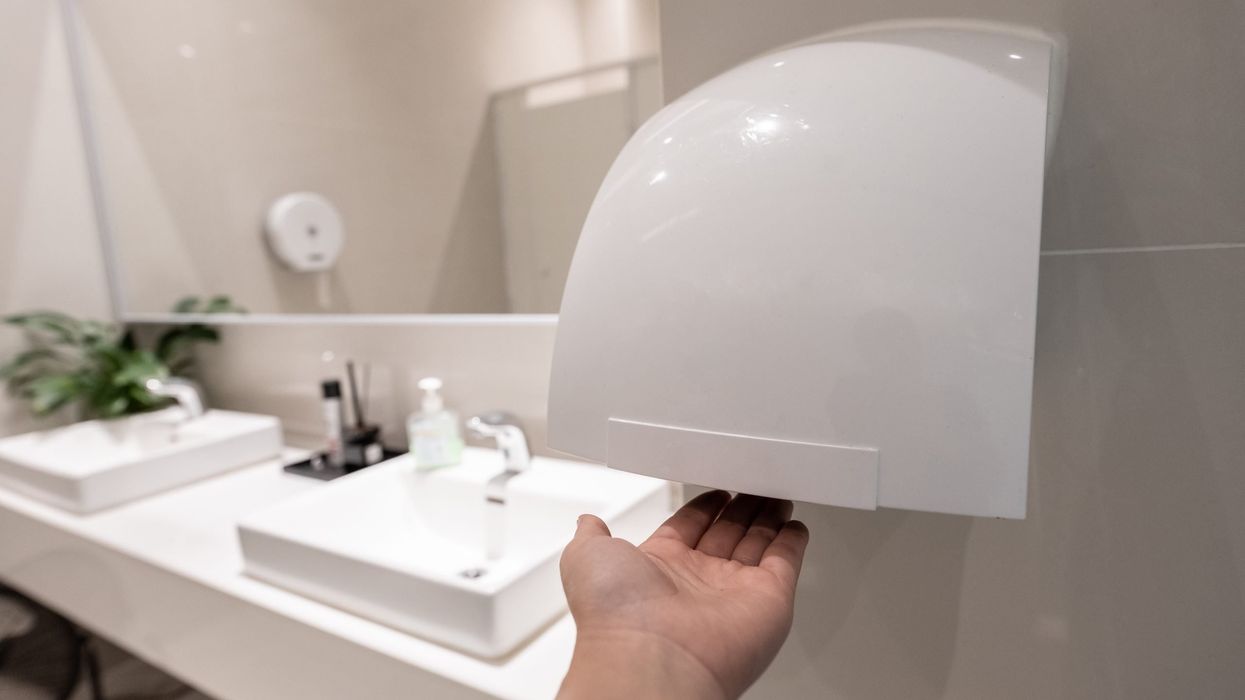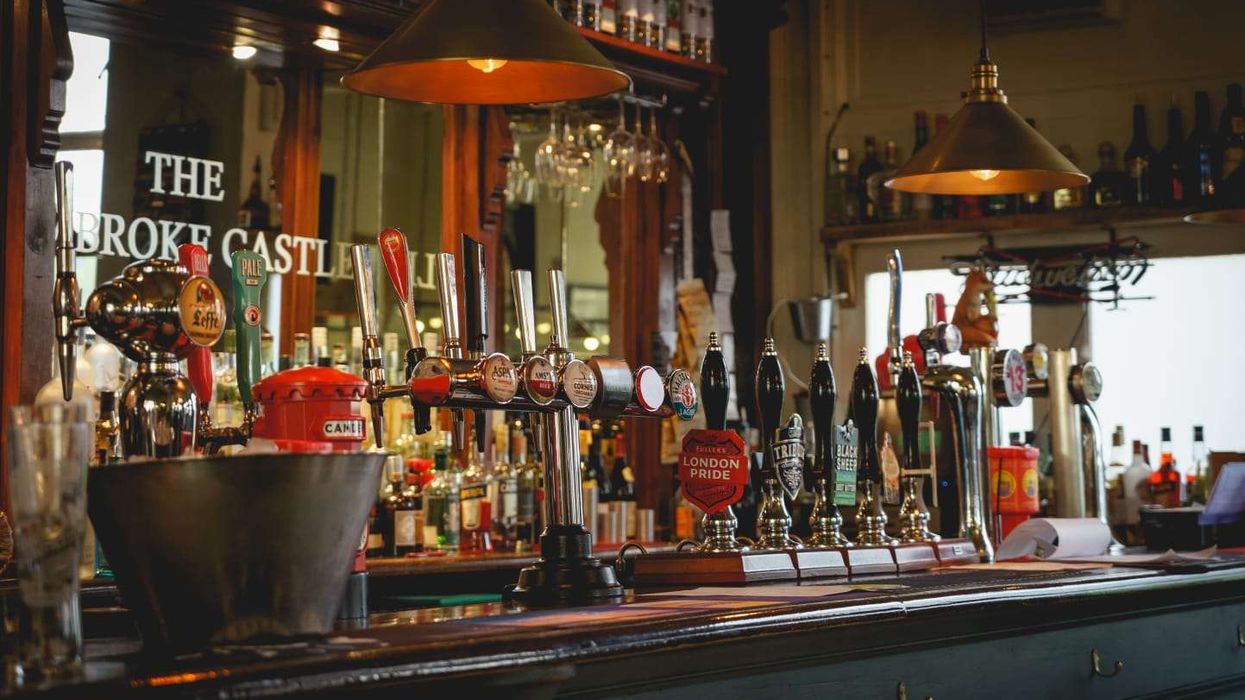One of the basic hygiene practices we all follow is to wash our hands after using the toilet. But did you know that using the hand dryer after washing your hands may undo all your efforts?
A recent video showing a shocking amount, of bacteria hiding inside hand dryers, suggests that hand dryers could be one of the dirtiest things in the toilet.
Dallin Lewis, 33 (a citizen scientist) wanted to research whether hand dryers put bacteria back onto your hand.
He, therefore, held petri dishes (shallow transparent lidded dishes used by biologists) under the machines at different locations - a public restroom, gas station, movie theater, and shop in Provo, Utah, for several seconds, the Daily Mail reports.
Dallin then reportedly incubated the petri dishes for three days to allow time for bacteria colonies to grow. The results showed that bacteria and fungi erupted on petri dishes held under all types of hand dryers.
In fact, the dishes were reportedly found to be crawling with bacteria and fungi — which appeared in white, yellow and black smudges. The public bathroom dryer appeared to be the most contaminated, informed the Daily Mail.
However, a separate Petri dish which was reportedly just waved through the air in the bathroom (before being incubated) to mimic when someone shakes the water off their hands after washing them, was reported to stay completely clear.
The investigation follows a warning by British expert Dr David Webber, a microbiologist with 50 years' experience who reportedly said that not drying your hands after going to the bathroom could be even worse than not washing them at all.
He even added that people who didn't wash their hands properly could be described as social menaces.
Lewis, who carried out the tests for his TikTok channel is reported to have said the results were “far worse” than expected. “I've done many similar bacteria growth tests on a variety of surfaces — phones and gas pumps are probably some of the worst — but the hand dryer was so bad!”, he stated.
Lewis reportedly decided to investigate how much bacteria is blasted out by hand dryers after finding out one based near his home was riddled with the micro-organisms, the Daily Mail said.
Though no tests were carried out to determine what bacteria and fungi may be lurking in the hand dryers, previous research has suggested that hand dryers may fire bacteria onto the hands when they suck in the air around them — where the micro-organisms may be lingering.
Testing has also reportedly revealed hidden bacteria colonies on the nozzles of hand dryers.
A visual assessment of Lewis’ petri dishes revealed the hand dryer in the public bathroom had fired the most bacteria. Also, it was the only one to even have black coloured colonies alongside that in the gas station.
It was also found that the petri dishes held under the dryers in a movie theater and store triggered just a few white dots (several days later) much less than the others.
But the one that was “air dried” or shaken to dry, was virtually clear, with the best result.
Speaking to SWNS, Lewis, who works for the personal item sanitizing company PhoneSoap, reportedly said he was “incredibly surprised” by the test results.
He adds, “I knew they would be bad but I was in no way expecting the level I saw.”
Additionally, according to experts, it is critical to dry your hands after washing them, because many types of bacteria like to grow in warm damp places – including the E.coli bacteria.
E.coli is the bug that is commonly present in faeces which gets spread in the toilet, even after the toilet is flushed.
As hot-air dryer sucks bacteria, putting your hand under it can make you susceptible to illnesses, like food poisoning.
The E.coli bacteria supposedly thrives on damp surfaces, including the hands. In fact, previous research has suggested that 85 per cent of microbes spread by people contaminating surfaces occur when hands are still moist.
There are a number of different ways to dry your hands, including using a paper towel, hand dryers or shaking them through the air (considered to be the most hygienic).
Speaking about the dangers of wet moist hands, Dr Webber, who is working alongside Airdri, a company that produces hand dryers, is reported to have said, “Bacteria thrives on damp surfaces, hands included.
“The pandemic has focused attention on the correct way to wash our hands with published guidance from the WHO, CDC, and NHS.
“However, there has been no such guidance on the correct procedures to dry hands which are equally important.”
He adds, “Not drying hands properly could be less hygienic than not washing them at all.
“Research demonstrated that the transfer of bacteria was directly related to the time and effectiveness of hand drying, the transfer of bacteria progressively decreased as water was removed.”
But it’s important to remember that wiping off the last of the moisture on clothes after drying your hands can pick up any bacteria present on your clothing, thereby, defeating the purpose of washing your hands, the Daily Mail explains.












